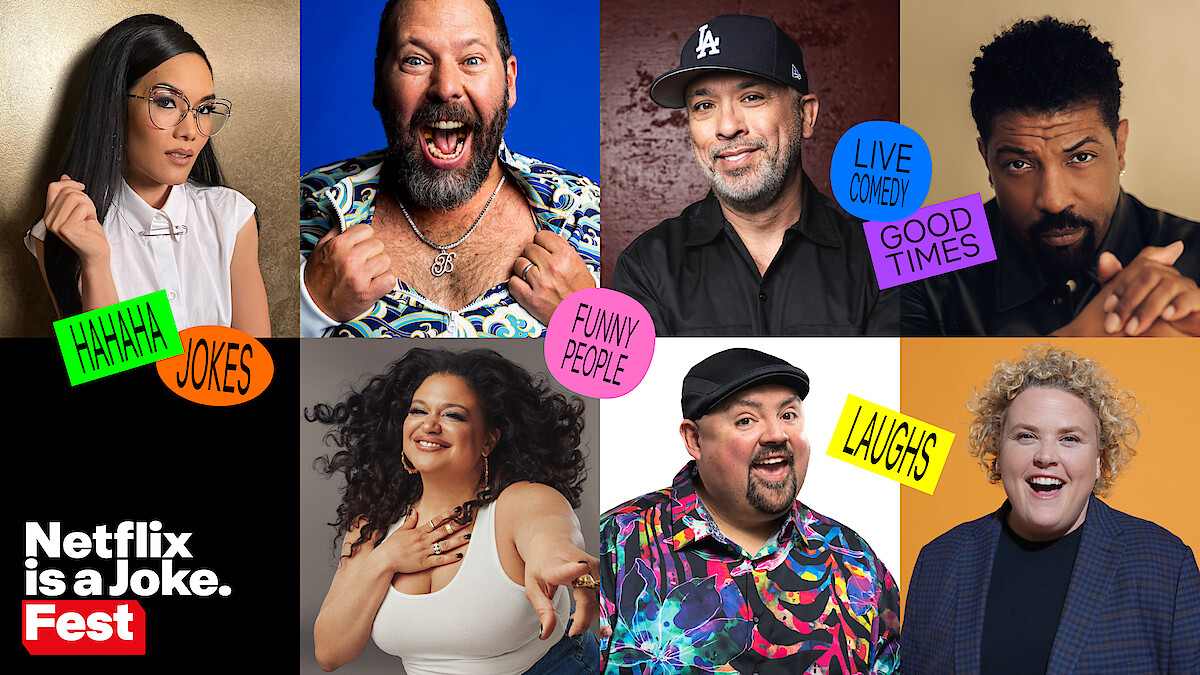Stand-Up Comedy Secrets: How to Captivate Any Audience
- Update Time : Friday, October 25, 2024

Stand-up comedy is a performance art where comedians entertain live audiences with humorous stories and jokes. It typically involves a solo performer speaking directly to the audience.
Stand-up comedy has become a pivotal part of entertainment, offering a diverse range of styles and topics that resonate with various audiences. It’s a raw, personal, and often improvisational genre, where comedians share their observations, experiences, and anecdotes, aiming to connect and elicit laughter.
Through clubs, theaters, and online platforms, stand-up comedians reach a global audience, making it a widely appreciated form of comedy. As a reflection of society, stand-up often touches on cultural, political, and social issues, allowing comedians to address complex topics with wit and humor. This interactive art form relies heavily on timing, delivery, and the comedian’s ability to read and engage with the audience, making each performance a unique experience.
The Art Of Stand-up Comedy
Crafting your unique style in stand-up comedy demands originality. Personal experiences often fuel the most memorable acts. A comedian’s distinct voice sets them apart. Developing this voice requires patience and practice.
Mastering timing and delivery is crucial for landing jokes. A well-timed pause can heighten suspense and amplify punchlines. Delivery styles vary from deadpan to animated. Each comedian must find the pace and tone that resonate with their audience. Experimentation helps in refining these skills.

Credit: en.wikipedia.org
Know Your Audience
Understanding your audience is key to successful stand-up comedy. Reading the room is a skill that allows comedians to connect with their audience. This involves observing the crowd’s reactions and emotions.
Adjusting content on the fly is also crucial. Sometimes jokes may not land as expected. A quick-witted comedian can switch gears, introducing new material that resonates better.
Comedians often prepare a diverse set of jokes. They pick the right moment to use them. This ensures the performance remains engaging and dynamic.
- Notice what makes people laugh.
- Change the joke if it’s not working.
- Keep the energy up, regardless.
Writing Jokes That Resonate
Finding inspiration for stand-up comedy can seem tricky at first. Look around you; life’s daily quirks are a goldmine. Talk to friends, watch people, and observe the absurdities that unfold. Listen to conversations, jot down funny thoughts, and let your creativity flow. Everyday situations often hold the best comedic material.
Comedians use the Rule of Threes to deliver punchlines. This principle suggests that things grouped in threes are inherently funnier and more satisfying. Start by setting up a scenario. Then, build anticipation with the second element. The third part should deliver an unexpected twist, making it humorous.

Credit: www.netflix.com
Stage Presence And Confidence
Body language is key to a comic’s success on stage. Standing straight, making eye contact, and moving confidently can make jokes land better. Smiling helps too. It shows you’re enjoying the joke as much as your audience. Practice in front of a mirror to see how you look when you perform. Watch videos of comedians you admire to learn from their body language. Remember, every move tells a part of your story.
Feeling scared before going on stage is normal. Try deep breathing to calm your nerves. Picture yourself succeeding. This builds confidence. Talk to friends or family about your fears. They can offer support. Remember, every comedian started somewhere. With each performance, stage fright gets a little easier. Keep trying, and don’t be too hard on yourself. Laughter is worth the effort.
Engaging With Your Audience
Engaging with your audience is key in stand-up comedy. Crowd work helps a lot. It’s talking with the audience during your show. This makes your act feel fresh and dynamic.
For handling hecklers gracefully, stay calm and be funny. Don’t get mad. Use humor to reply. This way, you keep the show enjoyable for everyone. Sometimes, a witty comeback can turn a heckler into a highlight!
The Role Of Authenticity
Authenticity plays a crucial role in stand-up comedy. Being true to oneself isn’t just about honesty. It’s about presenting a unique perspective that resonates with audiences. Vulnerability adds depth to performances, connecting comedians with their crowds on a personal level.
Embracing one’s flaws and experiences shapes relatable content. This connection often leads to laughter and appreciation. Comedians must remain genuine to ensure their humor feels real and impactful. This genuine approach helps to build a loyal fanbase.
Even seasoned comedians sometimes face a tough crowd and bomb on stage. It’s a moment that can define a performer, but learning from it is key. Failure teaches resilience and highlights areas for improvement. A great comedian uses these experiences to refine their craft.
Mounting a strong comeback requires wit and humility. Crafting a joke about the situation can quickly win back the audience. It shows confidence and the ability to adapt. This skill turns a tough set into a memorable performance.
Continuous Improvement
Gathering feedback is crucial for stand-up comedians. After each show, comedians seek opinions from the audience. This helps them understand what jokes worked and which ones didn’t. Constructive criticism is also important. It allows comedians to make adjustments to their act.
Comedians often record their performances. Watching these recordings helps identify areas for improvement. They look for timing, delivery, and audience reaction. This practice is essential for refining their skills. Regular rehearsal with this feedback sharpens their performance. It makes the next show even better.

Credit: m.youtube.com
Conclusion
Laughter truly is a universal language, and stand-up comedy masters it like no other art form. As we’ve explored the ins and outs of stand-up, remember that each comedian brings a unique flavor to the stage. Whether you’re in the audience or dreaming of your spotlight moment, the world of stand-up comedy is as diverse as it is entertaining.
Keep laughing, keep supporting live comedy, and let the punchlines roll!


















Leave a Reply